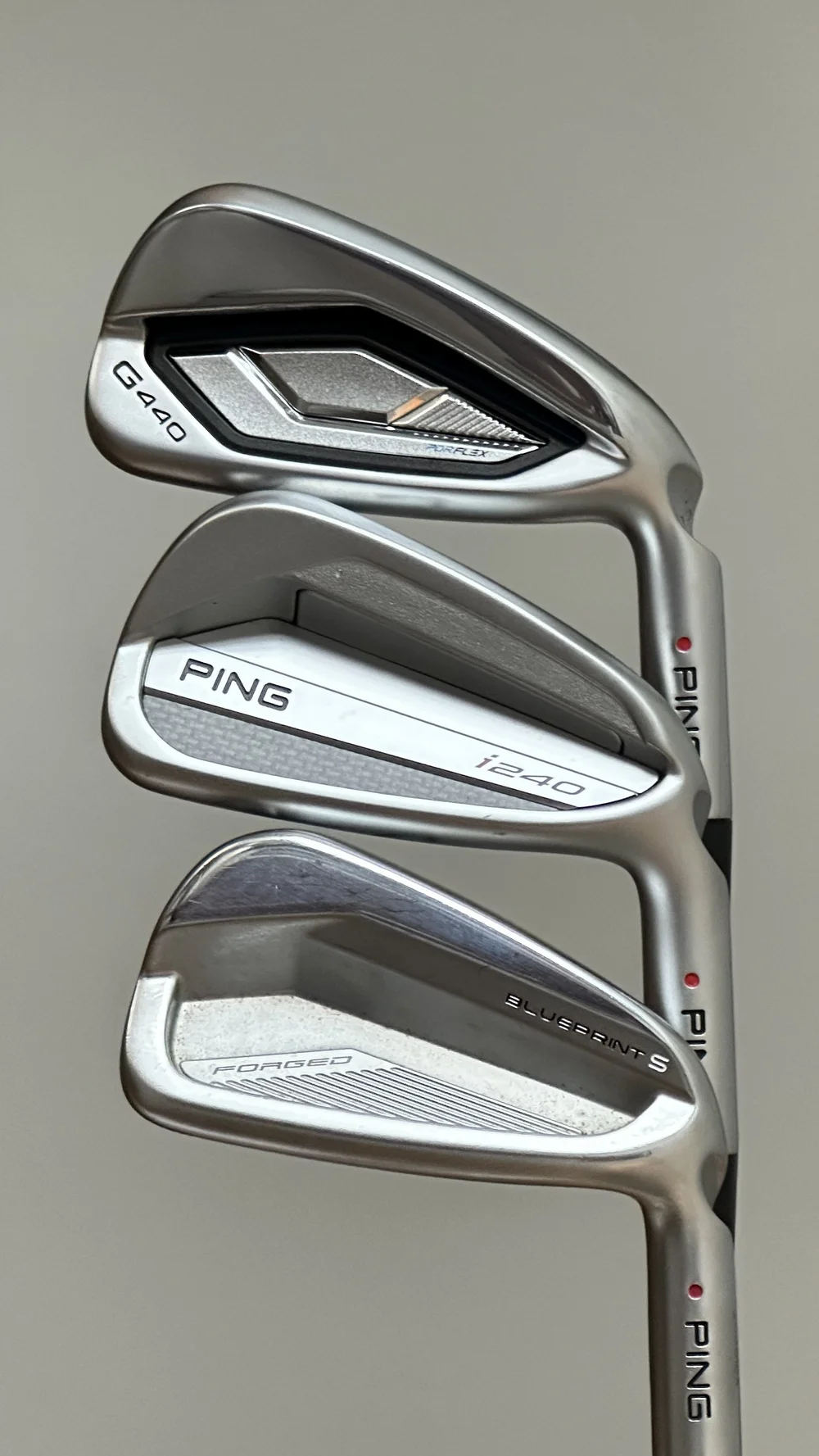As China�s exports become more sophisticated and less sensitive to exchange rates, China can be bolder in reforming its exchange rate regime, writes William Thorbecke (RIETI).
Author: Willem Thorbecke, RIETI
The value and sophistication of China�s exports has exploded since the 1990s. In 1995, the value of China�s total exports was US$224 billion, with textiles comprising 30 per cent of exports, electronics 14 per cent and machinery 10 per cent. In 2021, China�s total exports equalled US$3.7 trillion. The share of textiles fell to 13 per cent, while the share of electronics rose to 26 per cent and machinery to 19 per cent.
 China�s efficiency in producing technologically sophisticated products accelerated further during the COVID-19 pandemic. While exports of serums and vaccines equalled less than US$1 billion in 2019, these exports rose to more than US$25 billion in 2021. This increase was primarily due to exports of Chinese-made COVID-19 vaccines.
China�s efficiency in producing technologically sophisticated products accelerated further during the COVID-19 pandemic. While exports of serums and vaccines equalled less than US$1 billion in 2019, these exports rose to more than US$25 billion in 2021. This increase was primarily due to exports of Chinese-made COVID-19 vaccines.
Cesar A Hidalgo and Ricardo Hausmann have reasoned that products exported by many countries are easier to produce while those exported by only a few countries are more difficult to produce. They also assumed that countries with a comparative advantage in producing many products have greater and more diverse capabilities. By considering the ubiquity of products in relation to economic diversity, they calculated product complexity indices for more than 1200 products and country complexity indices (CCI) for 132 countries. China�s CCI ranked 39th in 1995 and rose to 18th in 2021.
Based on this index, researchers at the Asian Development Bank have argued that more sophisticated goods should be less affected by exchange rate appreciations. As complex goods are harder to produce, they typically have fewer substitutes � hence any increase in price would cause smaller decreases in the quantity demanded. This implies that exports of more complex products will be less affected by exchange rate appreciations that raise their prices in importing countries.
Before joining the World Trade Organization (WTO) in 2001, China largely exported labour-intensive manufactured goods. Following its WTO accession, a surge of foreign direct investment flooded into the country. Joining the WTO gave investors confidence that China would respect the rule of law. Foreign-invested enterprises established factories in urban areas. This attracted surplus labour from the rural sector as many were willing to work for low wages.
The combination of technology from companies like Apple and an abundance of Chinese workers led to a surge in exports. It also contributed to China�s CCI rising from 39th place in 2000 to 24th place in 2008. A relatively weak exchange rate from 2001 to 2005 may have also increased the price competitiveness of China�s exports.
My soon-to-be-published research with Chen Chen and Nimesh Salike investigates how bilateral exchange rates impact China�s exports of 1242 goods to 190 countries across time and product complexity levels. Many of China�s exchange rate reforms involved allowing greater flexibility for the Chinese renminbi relative to the US dollar. But the huge volatility of the renminbi relative to 190 currencies provides a significant amount of independent variation in the data that helps to identify in an econometric sense how exchange rates affect China�s exports.
Between 1995 and 2001, before China joined the WTO, a 10 per cent renminbi appreciation was associated with a 6 per cent fall in exports. Then between 2002 and 2004, a 10 per cent appreciation was associated with an 8 per cent fall in exports.
Between 2005 and 2007, a 10 per cent appreciation was associated with a 7 per cent fall in exports. But after the 2008 global financial crisis, a 10 per cent appreciation had no impact on exports over the 2010�13 period and only reduced exports by 1.4 per cent over the 2014�18 period.
During 2002�04, China intervened significantly and accumulated foreign exchange reserves to prevent the renminbi from appreciating, stimulating exports during this time. After the global financial crisis, China�s CCI ranking climbed steadily.
Among China�s top 15 export products, seven were in the least sophisticated quintile in 1995, five in 2000, three in 2005, and two in 2010 and 2015. None were in the lowest quintile in 2018. As China�s export basket becomes more sophisticated, the exchange rate is becoming less important for China�s exports. Over the entire 1995�2018 period, more sophisticated exports decreased less when the renminbi appreciated, compared to less sophisticated exports.
As such, the depreciation of the Chinese yuan that began in April 2022 may not significantly stimulate China�s exports, especially for high-end products such as electronics and machinery. As China�s manufacturing exports are more sophisticated and less sensitive to exchange rates, China can be bolder in reforming its exchange rate regime.
The Chinese government has employed trade and industrial policies to upgrade its industries, including liberalising reforms, trade policies and technology policies. By continuing to promote high tech manufacturing, the Chinese economy can be insulated from exchange rate shocks. But an important question for future research is whether more sophisticated exports are also less responsive to tariff increases, such as those arising from trade wars.
Willem Thorbecke is Senior Fellow at the Research Institute of Economy, Trade and Industry (RIETI), Japan.
The post Exchange rates exert limited influence on China�s exports first appeared on East Asia Forum.






